Best Seasons for Awning Installation
Awning installations are most effective when performed during favorable weather conditions, typically in spring and early fall. Moderate temperatures and dry weather reduce installation challenges and ensure proper adhesion and durability. Planning installations during these periods can optimize the lifespan and functionality of the awnings.
Installing awnings in mild, dry weather prevents delays and ensures proper setup. Avoid periods of heavy rain or extreme heat for best results.
Spring and early fall are ideal due to moderate temperatures and low humidity, which facilitate installation and curing processes.
Extreme cold can affect material flexibility, while high heat may cause expansion, both impacting installation quality.
Scheduling installations ahead of peak seasons ensures timely setup and avoids last-minute delays during busy periods.

Spring offers moderate temperatures ideal for installing durable awnings.

Early fall provides suitable weather for efficient awning setup.
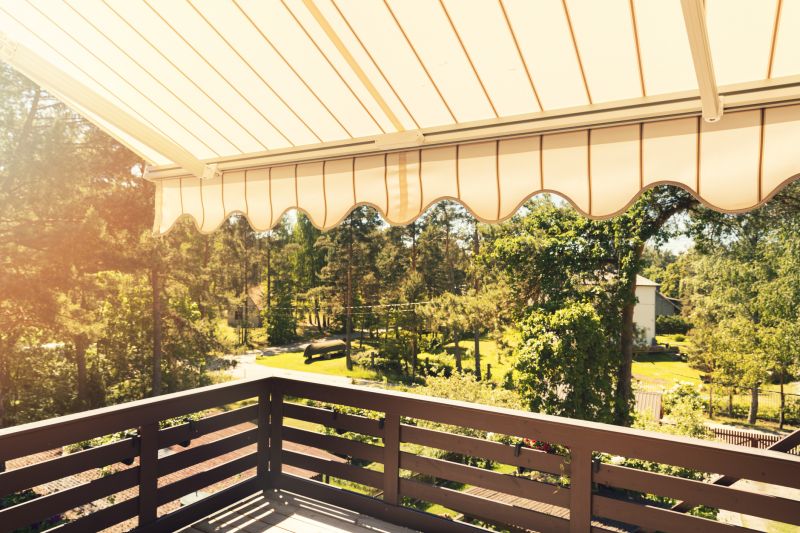
Dry and mild weather supports optimal installation conditions.
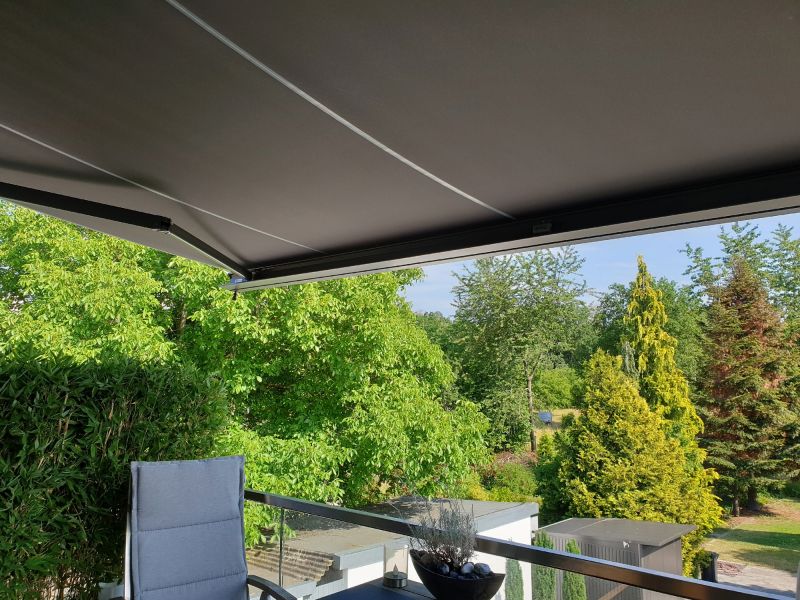
Ways to make Awning Installations work in tight or awkward layouts.
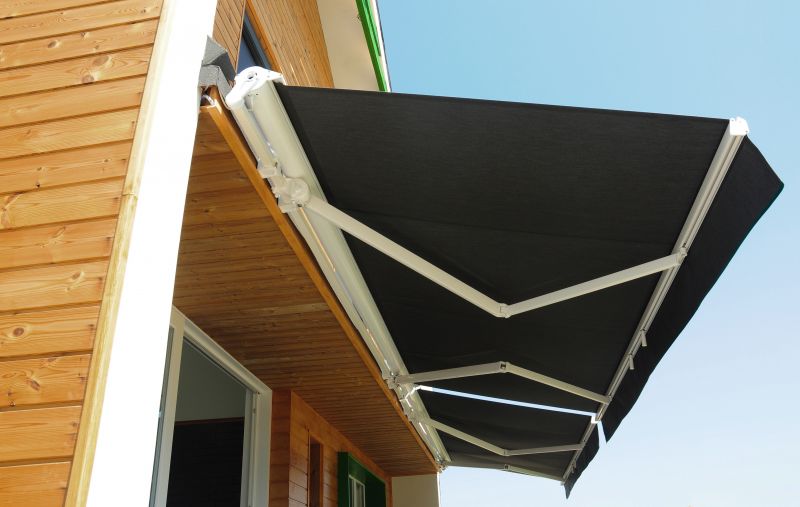
Popular materials for Awning Installations and why they hold up over time.

Simple add-ons that improve Awning Installations without blowing the budget.
| Season | Advantages |
|---|---|
| Spring | Moderate temperatures, low humidity, ideal for installation. |
| Summer | Potential for high heat; best to schedule early or late in the day. |
| Fall | Cooler weather, less rain, suitable for installations. |
| Winter | Cold and wet conditions may hinder installation; not recommended. |
Awning installations require careful planning to ensure durability and optimal performance. Proper timing allows for better adhesion, reduced risk of weather-related delays, and increased lifespan of the awnings. Professionals recommend scheduling installations during periods of stable, mild weather to achieve the best results.
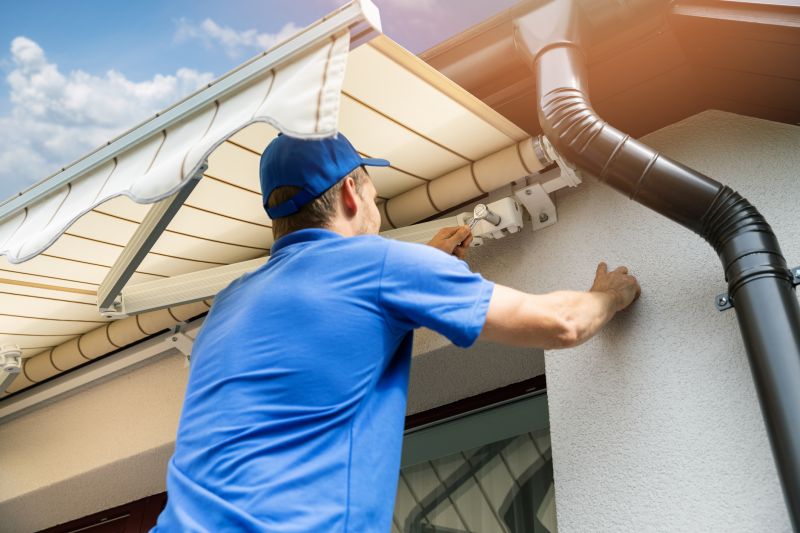
Spring provides favorable conditions for durable awning setups.
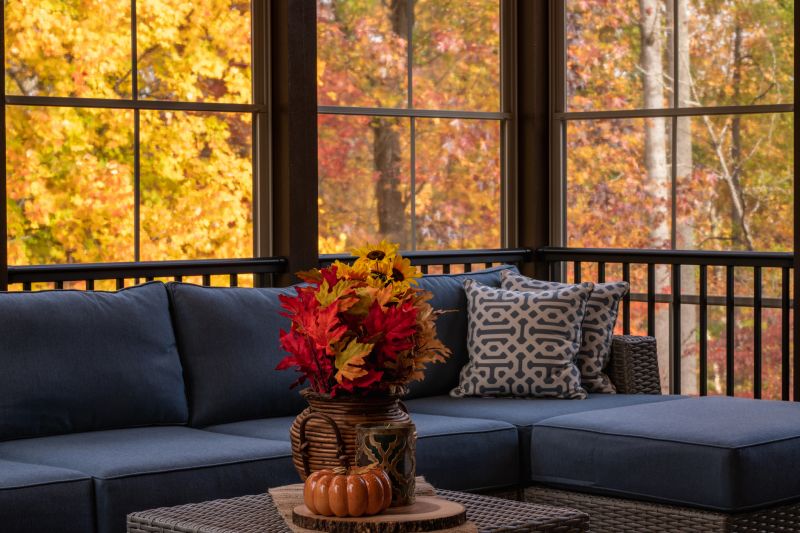
Early fall offers suitable weather for efficient installation.
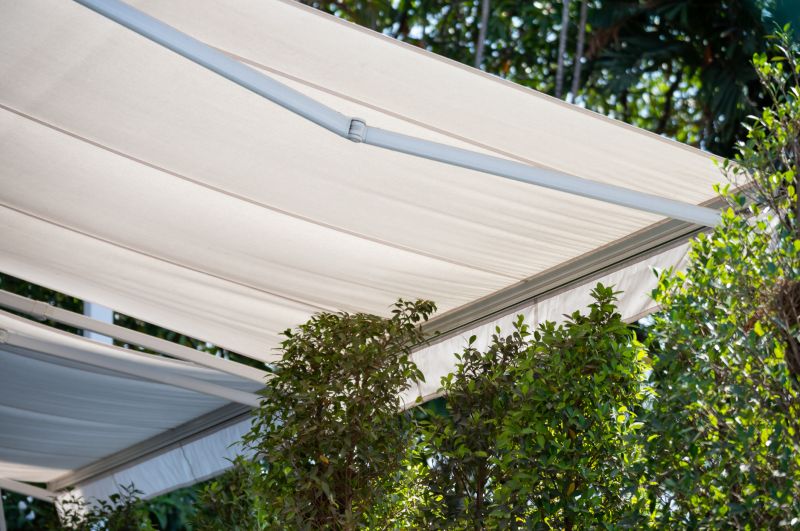
Scheduling around forecasted weather enhances installation success.
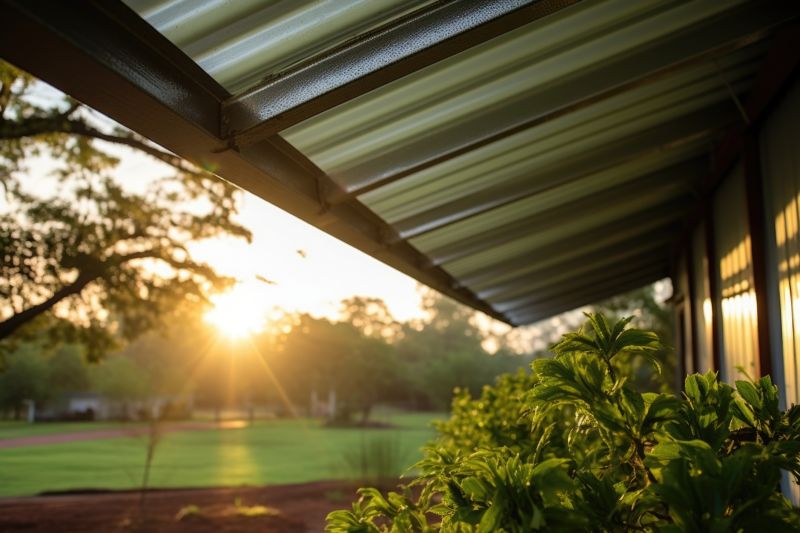
Planning ahead ensures timely installation before busy periods.
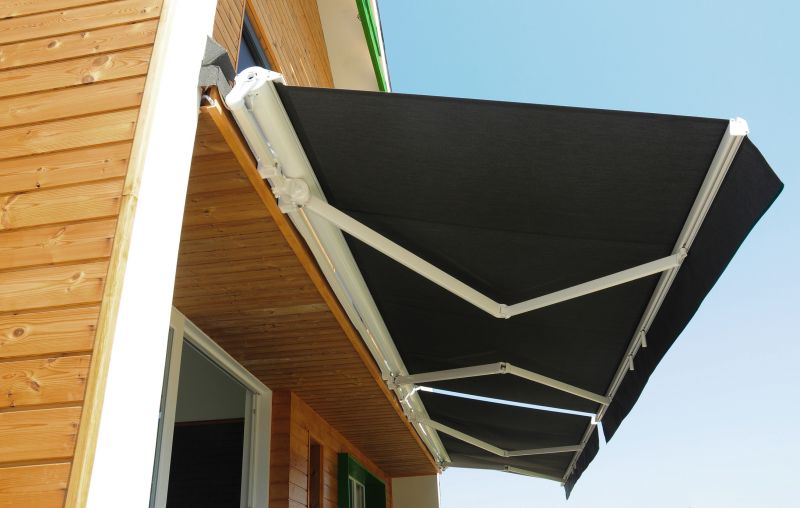
High-end options that actually feel worth it for Awning Installations.
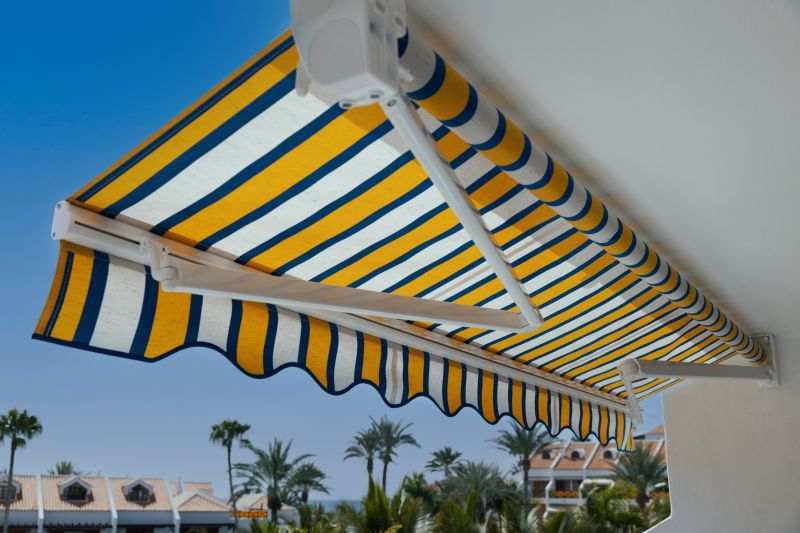
Finishes and colors that play nicely with Awning Installations.
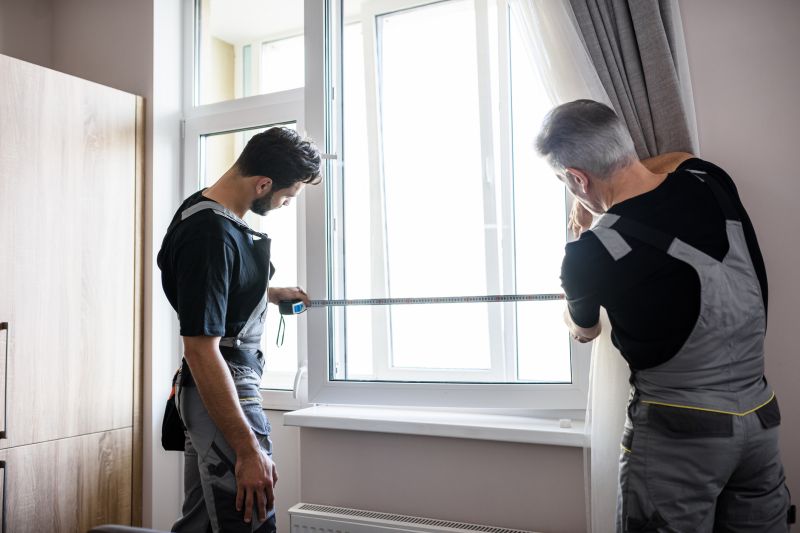
Little measurements that prevent headaches on Awning Installations day.
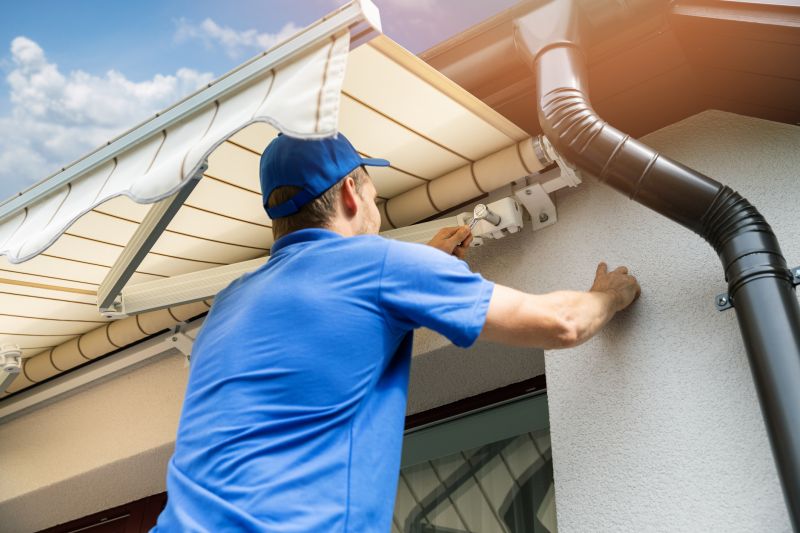
A 60-second routine that keeps Awning Installations looking new.
Interested in installing an awning? Filling out the contact form can provide access to professional guidance and scheduling options tailored to optimal installation times. Proper timing can help maximize the lifespan and functionality of the awning, ensuring long-term satisfaction.
